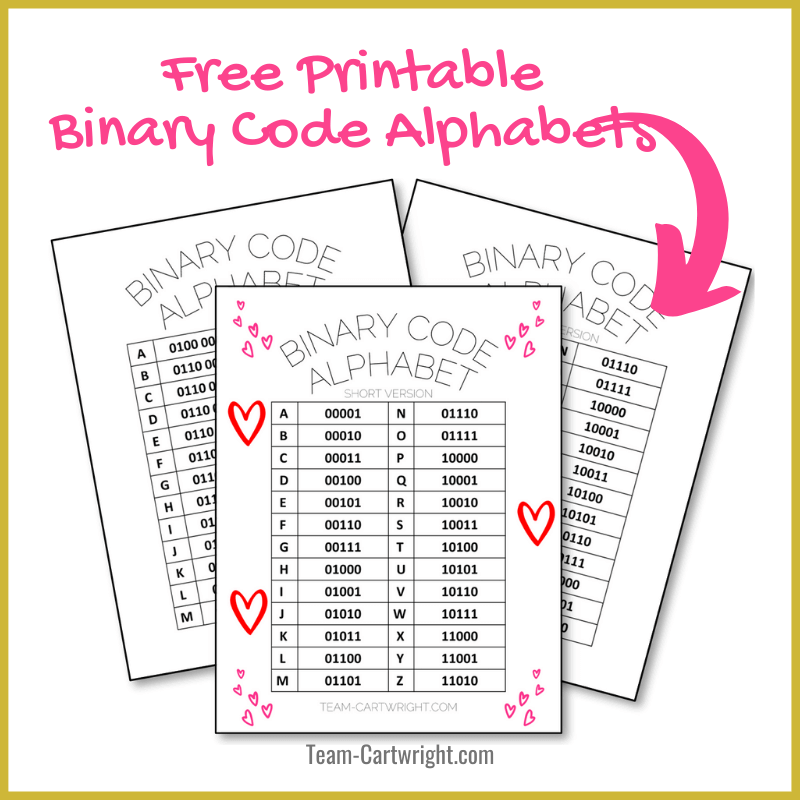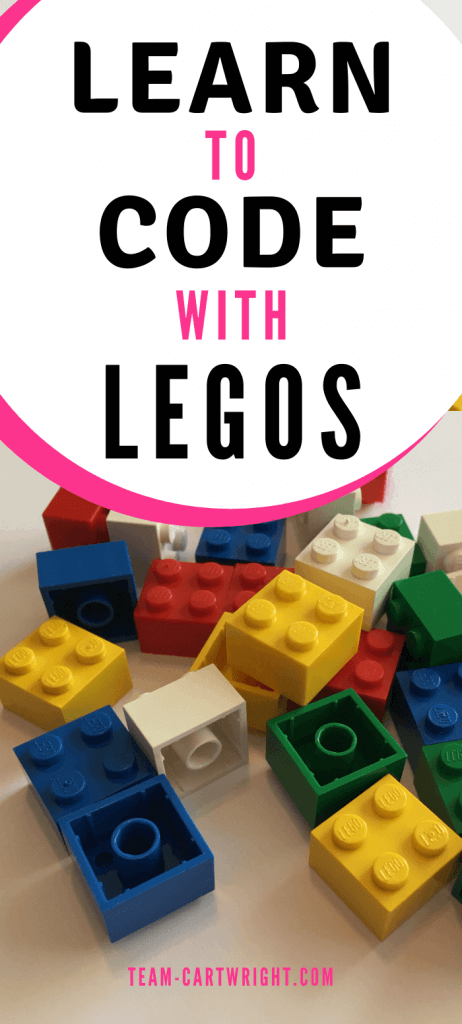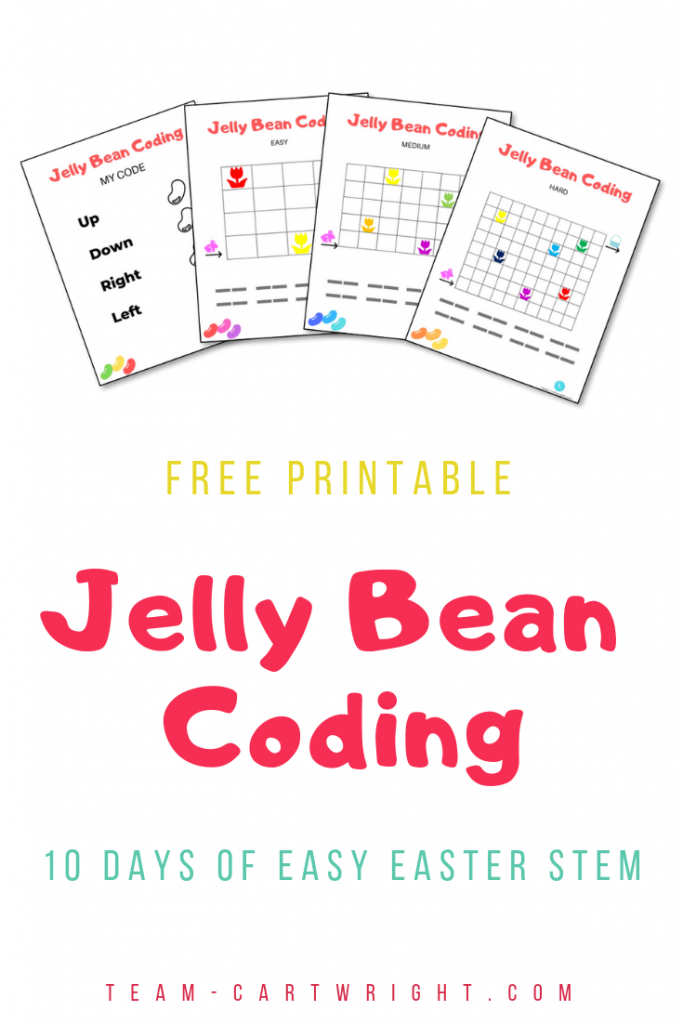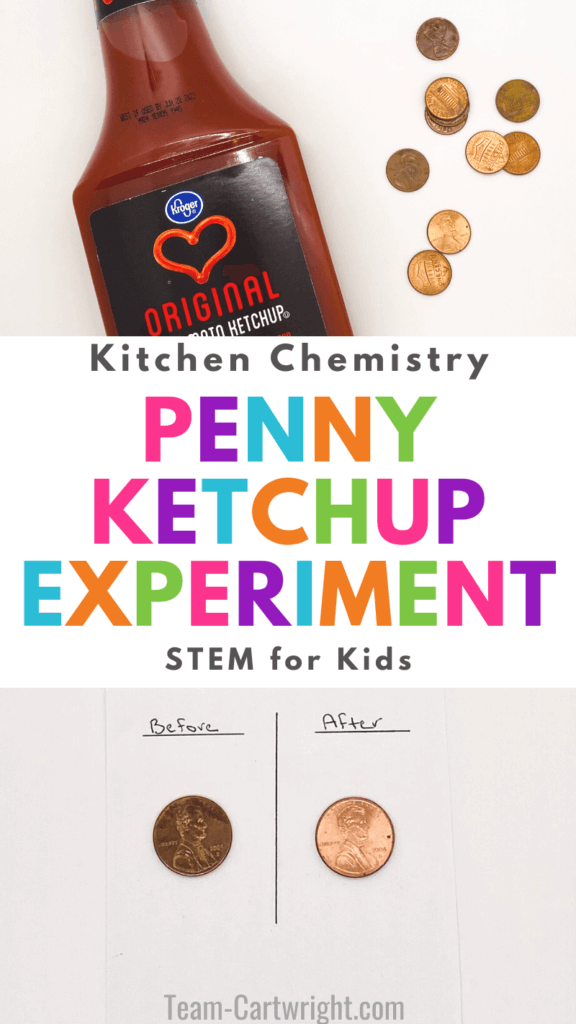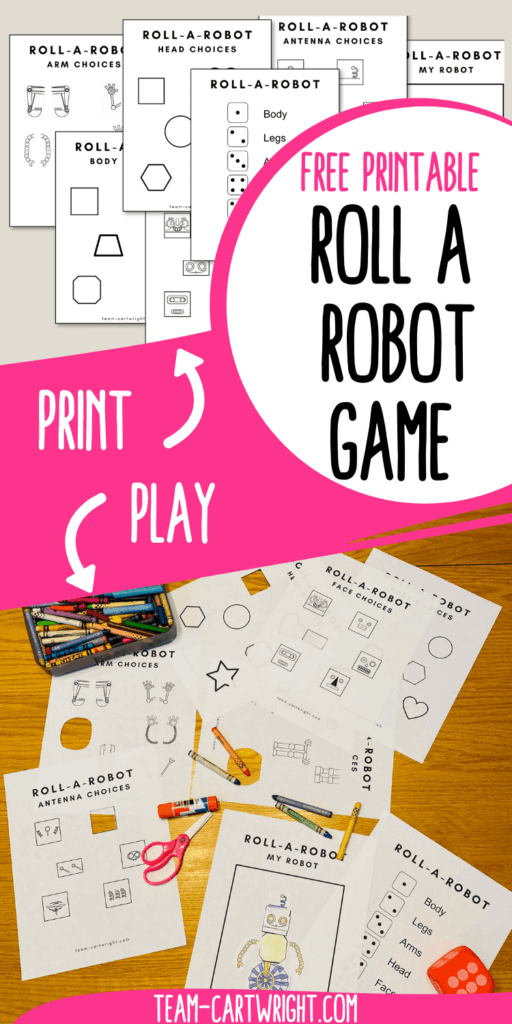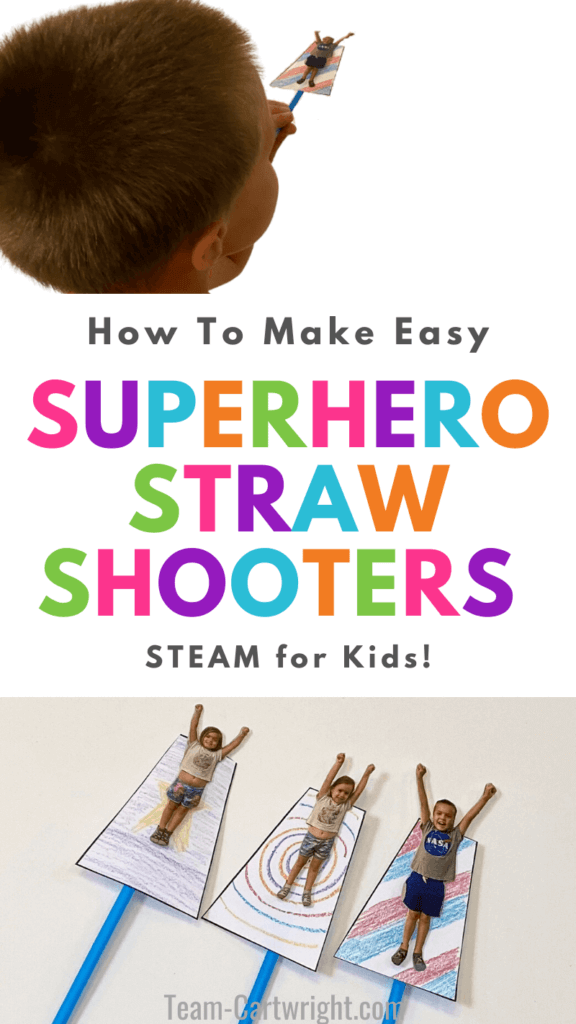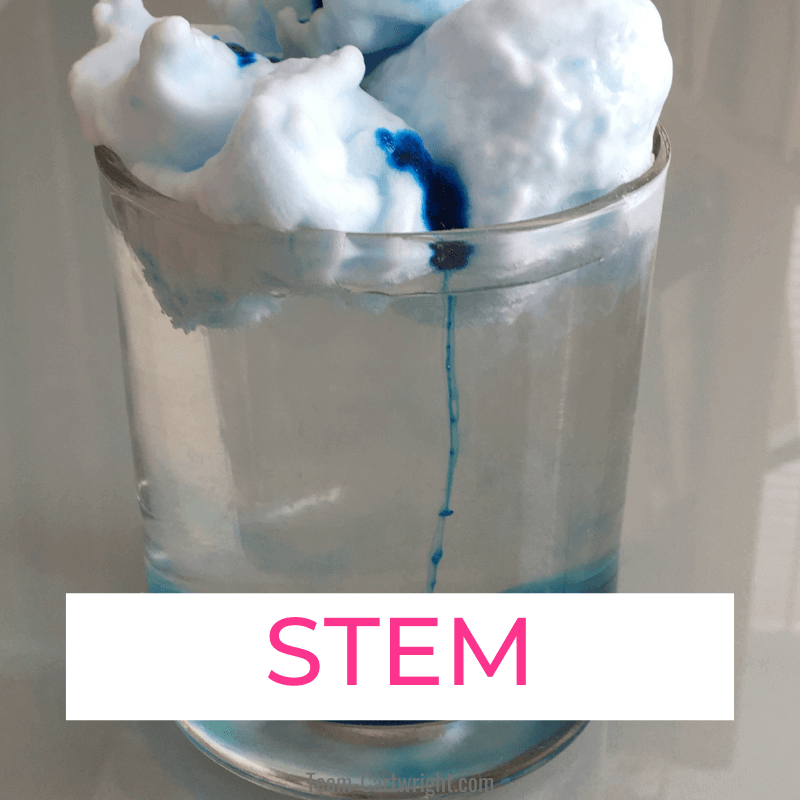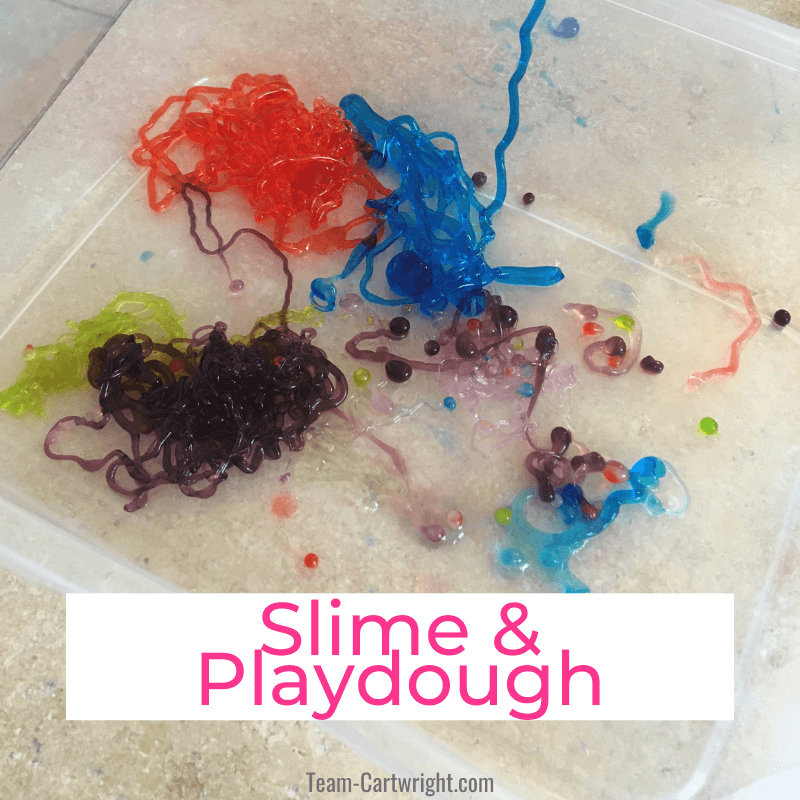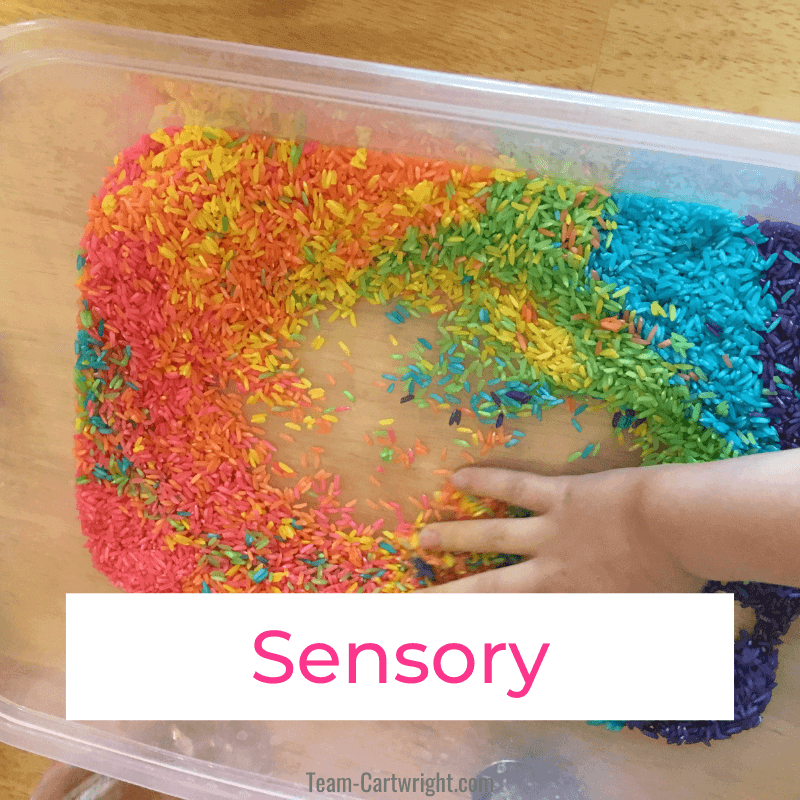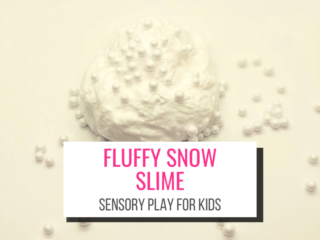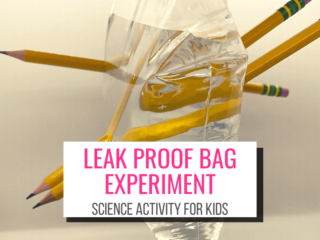Binary Beading STEM Craft
The story of St. Valentine says that St. Valentine married couples in secret when it was deemed illegal. (Read more here.) While I do not encourage my children to run around and secretly marry people, we can find a fun way to share love without it being obvious.
Oh, and we can learn about binary and coding while we do it.
Don’t worry, this is not a big techy project. Nor does it require any screen time or actual coding skills. We’re going to make a cute STEM craft that your kids will adore. Let’s make some a Binary Beading STEM Craft.
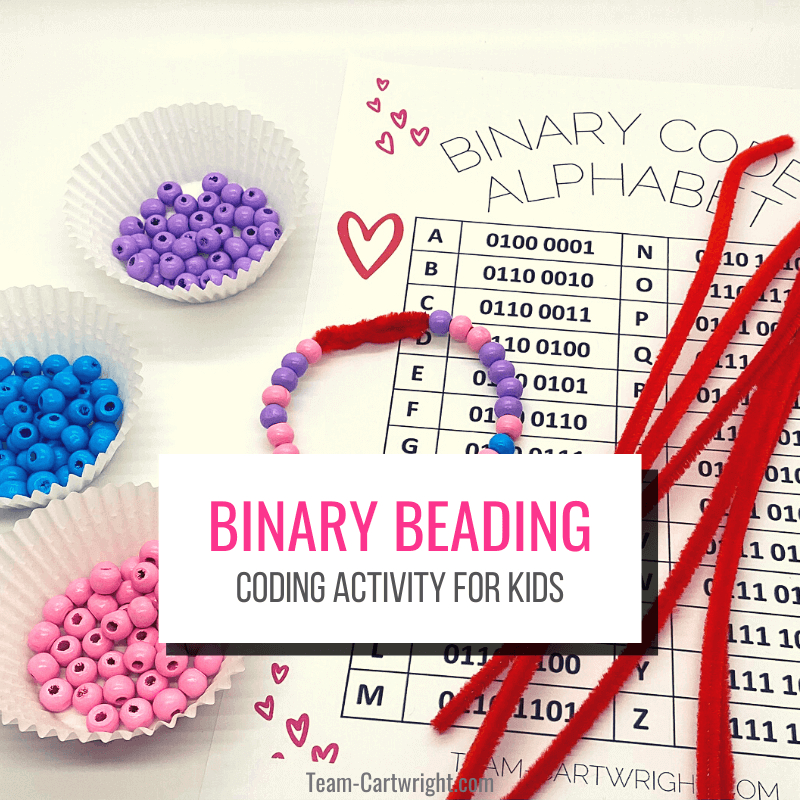
What's In This Post?
Binary Beading STEM Craft
This craft project is so simple to put together, but it is so much fun. And there are so many levels to the learning. Here is how to make it.
Supplies for Binary Beading
The supplies for this activity are pretty basic, despite being a coding activity. And no, you don’t need a single computer.
Here’s what you need:
- Pipe Cleaners
- Beads
- Binary Code Alphabet (scroll down to get more info on this!)
How To Make Binary Bracelets
This activity is very simple, but that doesn’t mean it isn’t full of fun and learning. Here is how we did it.
Step 1: Pick out a pipe cleaner and two to three colors of beads.
Step 2: Decide which color bead is going to represent the number 1 and which will represent the number 0. It is also helpful to have a few of a third color to act as spacers, but this is optional.
Step 3: Write out the message you want on your bracelet. Here are some Valentine’s examples:
- Love
- I love you
- ILY
- Heart
- Friends
Step 4: Use the Binary Code page to determine your beading code.
Step 5: Put your beads on your bracelet and enjoy your secret code!
Free Printable Binary Code Alphabet
You can print out the free binary code alphabet by clicking here. This contains 2 different codes you can print out.
- Binary Alphabet Code- This is the alphabet in binary using 8 beads per letter.
- Binary Alphabet Code Short Version- This shortens the codes to 5 beads per letter. This is helpful for younger children and longer codes.
Tips
This is a really fun project, but I do recommend using shorter secret messages, at least for your first attempts. Starting with fewer beads can help make the project less overwhelming for little ones.
An additional tip is to sort the beads into small containers (cups or bowls) before you start beading. Not only does it keep the beads neater and easier to handle, but it also gives extra learning practice in sorting!
To keep the beads from falling off while you are working on your bracelet, fold up one end a tiny bit.
Leave a little extra at the ends of your bracelet so you have enough pipe cleaner to twist and close your bracelet.
If you don’t have pipe cleaners, you can always use a length of string. Just tie a knot in one end and you are ready to bead. (This is fun for making necklaces.)
You’ll love these fun activities!
Safety
This is a pretty safe activity. Just make sure your child doesn’t eat the beads or stick them anywhere they aren’t supposed to.
Also, watch out for the ends of the pipe cleaners. They can occasionally be a little pointy.
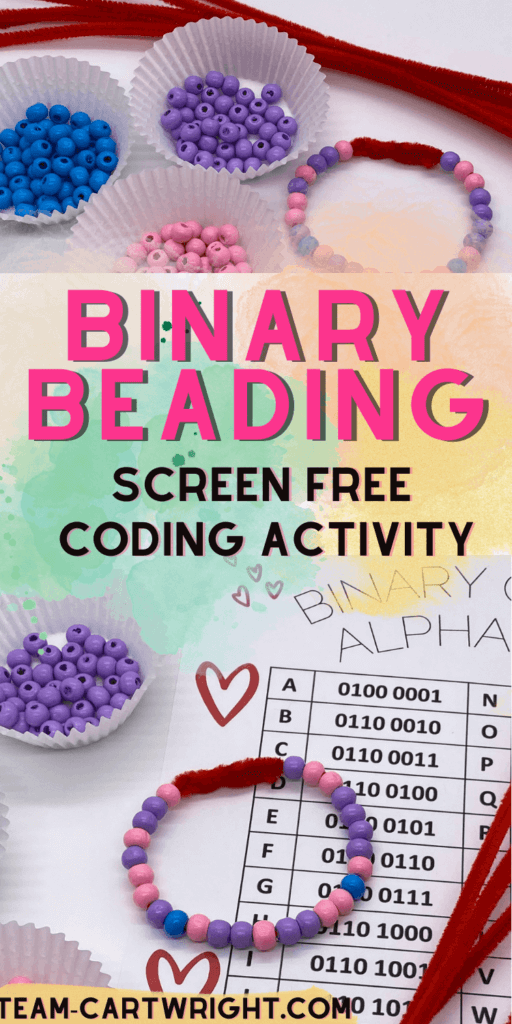
Binary Code For Kids
So what exactly is binary?
Binary is a way to write numbers or letters using only two digits, 1 and 0. This is where the prefix bi comes from. Bi means two and this is a base 2 system, so we use only two numbers.
For comparison, the counting numbers we use daily are a base 10 system. We have the digits 0-9 to work with and make bigger numbers with.
This works in computer programming. Here is a short explanation. Computers use electronic circuits which can be either on or off. These two options are represented with 1 and 0 and are called bits. These bits are used to perform mathematical functions and work with data.
Bits can be put together into groups of 8 to form bytes. Computers use bytes to store data, and they can usually hold a lot of bytes. (This is why the memory capacity on computers is in terms of gigabytes, etc.)
If you look at the binary alphabet code you will see that each letter is represented by a set of 8 digits, a pattern of 1 and 0. So each letter is a byte of information.
You can learn more about binary for kids here: Binary Numbers for Kids. Grab some activities here: Binary Activities for Kids.
Important Vocabulary
- Binary– composed of or relation to 2 things. In this case 1 and 0.
- Binary Code– a computer coding system using the digits 1 and 0 to represent letters, numbers, etc.
- Bit– the smalled unit of data in a computer, contains a single binary value (1 or 0).
- Byte– a group of bits operating as a unit, usually a group of 8 bits.
Even more amazing activities!
Additional Learning Opportunities
Fine Motor Skills
Any time you are doing an activity with beading, threading, or using other small manipulatives you are encouraging fine motor skill work.
In order to make their bracelets, your child must carefully pick up individual beads and thread them on the pipe cleaner. That’s a lot of work for little fingers! This activity encourages work with a pincher grip and finger skills as your child works with the beads.
Counting/Number Sense
In order to make our secret binary messages, we need to figure out how many beads of each color we will need. This is a great way to practice counting skills. It also encourages number sense as your child can see the different values between the piles of beads.
Color Sorting
I know this activity can be done with only a couple of colors, but it still encourages color sorting skills. We know that toddlers work on knowing their colors, but this sort of sorting is good for older children too.
Sorting also forces them to pay attention to details. This is important because your child will need to think about what particular characteristic they are looking for (color) and ignore any other similarities. It’s a good way to practice recognizing what is the same and different between different groups.
Pattern Matching
Your child is practicing matching patterns when they are creating their secret binary messages. Pattern recognition is an important math skill. It allows children to be able to predict what will come next and helps them see what is the same and different in scenarios.
You can ask your child to take a look at the Binary Code Alphabet and see what patterns they notice in the code. It is interesting to see what they see!
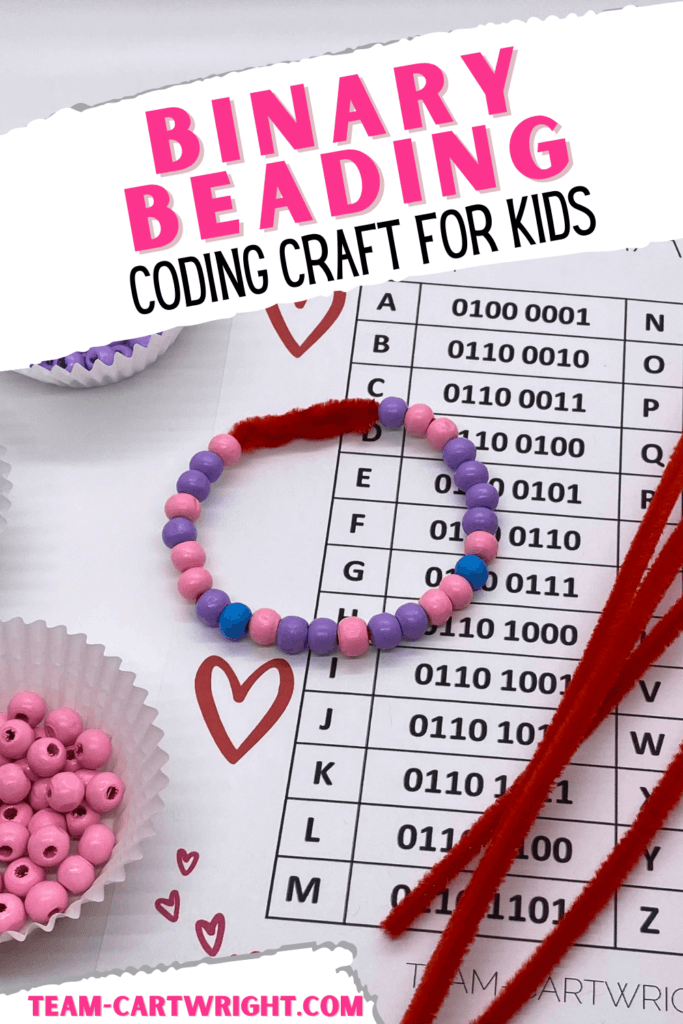
Beautiful Coding for Kids
These bracelets are a fun and engaging way to start introducing coding concepts to your child. They are playful and way less overwhelming than starting directly on a computer. Plus they can be a sweet homemade gift.
How many codes can your child come up with?
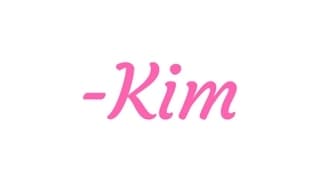
Let’s find your next fun activity!

